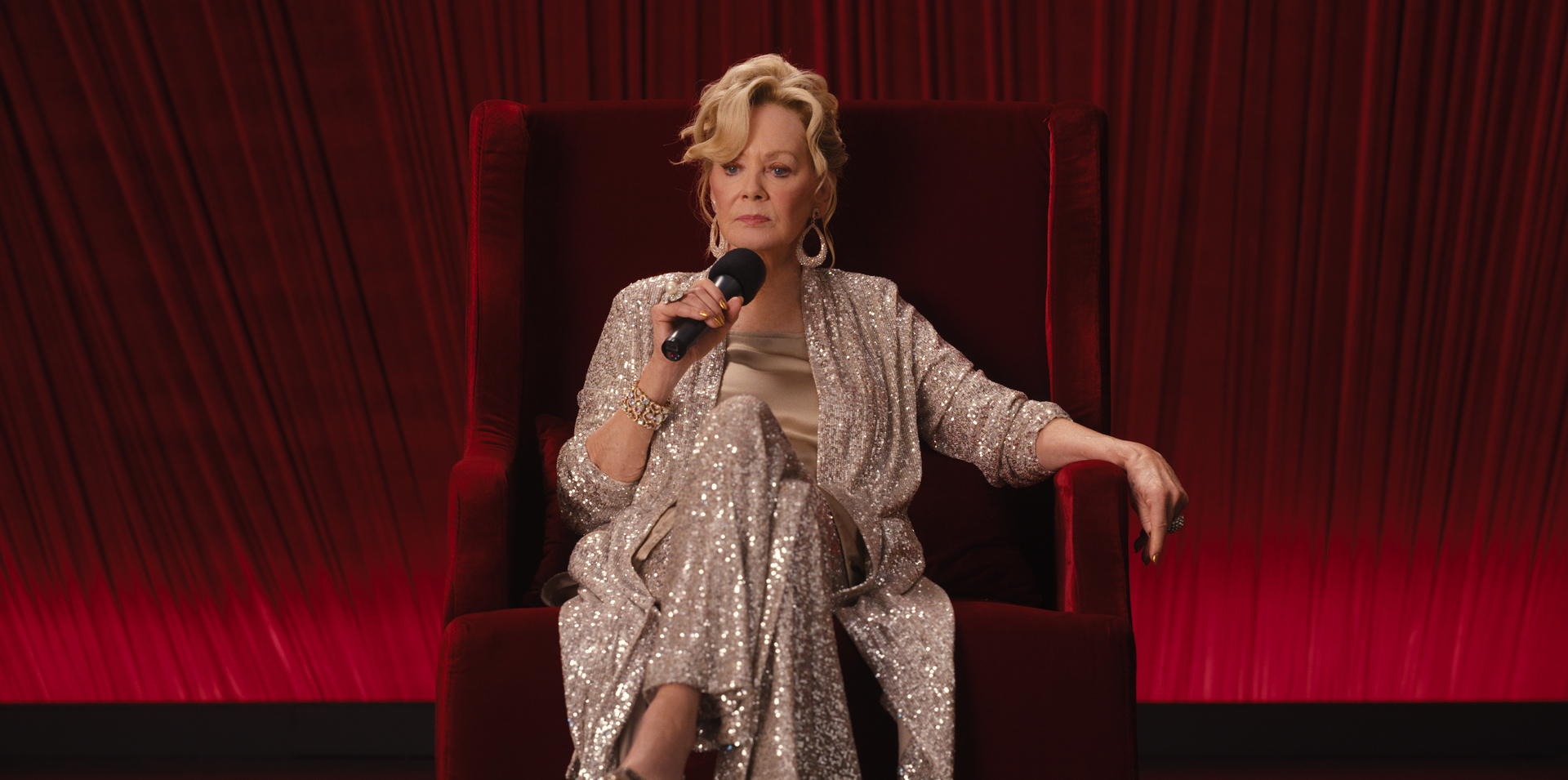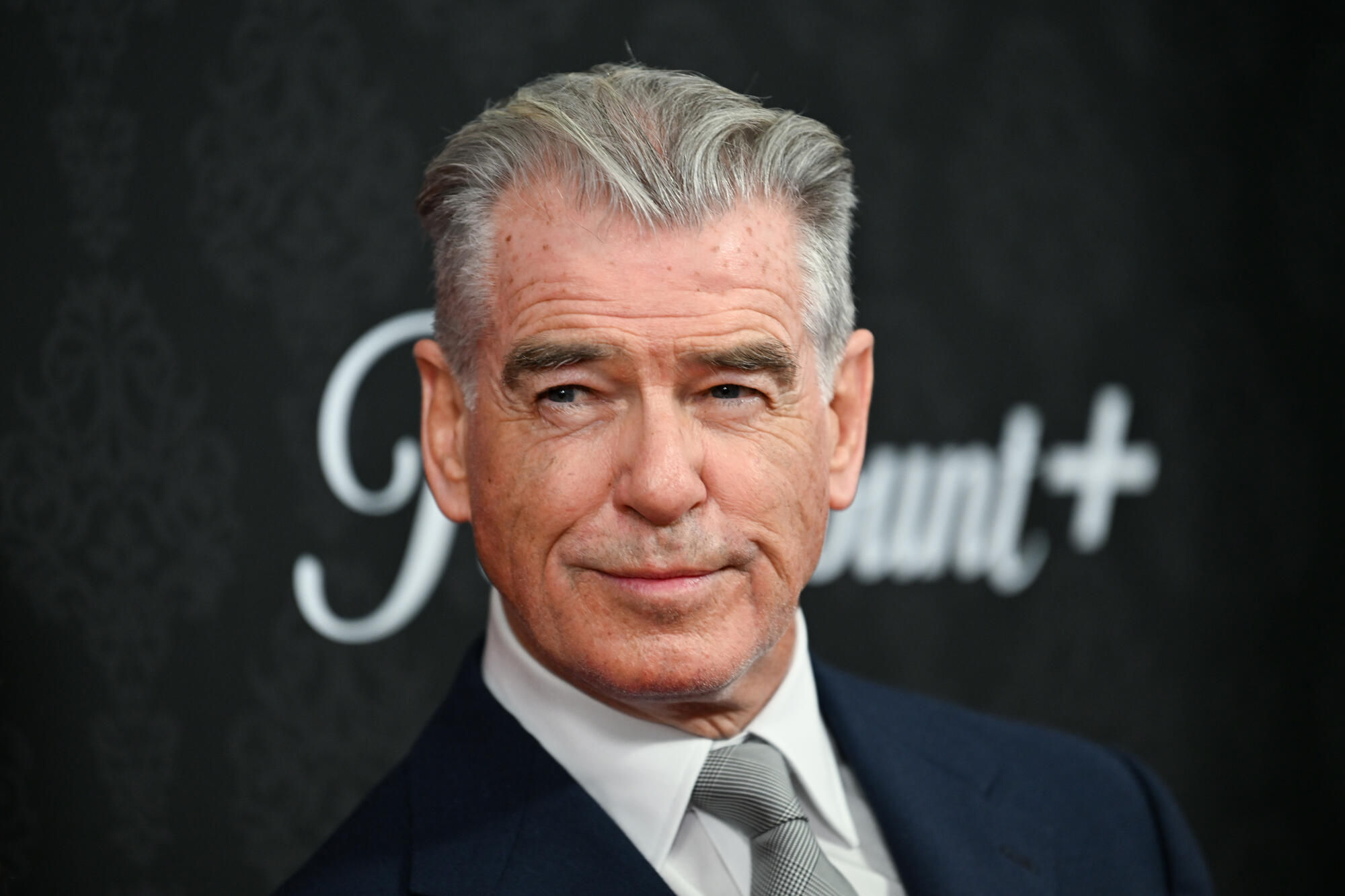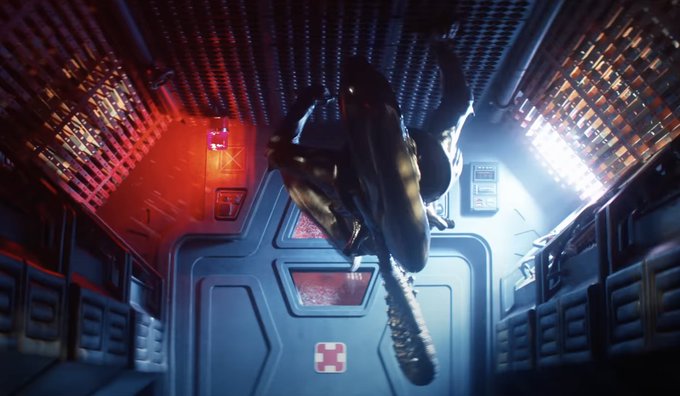“Hacks” is now four seasons into an established comedy rhythm, even as it continues to find new ways to complicate the dynamic between standup legend Deborah Vance (Jean Smart) and comedy writer Ava Daniels (Hannah Einbinder). But that certainly doesn’t mean making the show has gotten easy or expected.
Co-creators Lucia Aniello, Paul W. Downs, and Jen Statsky have always been pretty visual writers, with a clear sense of what they want, but they search with the tirelessness of Damian’s (Mark Indelicato) quest for coyote-warding bear piss to sculpt exactly the right comedy moments. So while they often aren’t “finding the show” in the edit in a wholesale way, they are searching every frame for what beat is the funniest.
“We do like to watch pretty much every take of everything. That is always going to be the thing we like to do,” Aniello told IndieWire on an episode of the Filmmaker Toolkit podcast. “We always say the edit’s not done, it’s just abandoned. We’re not really people who find it in the edit for the most part. We really know what we want. For us, it’s really just about, ‘Is that the best performance? Is that the best take?’”
Shifting through each and every option is, of course, rather time-consuming. Aniello praised the show’s “very patient” editors, especially the assistant editors who create string outs but sometimes get asked to go back in and find moments that were between where the takes started and ended, or that weren’t logged, or that were part of the pre-roll.
Part of the instinct to do that comes from the very fact that “Hacks” is a show about a standup comic. It is about performance, and while Downs is the only one of the three co-creators to appear on camera (so far), Aniello and Statsky are also performers, too.
“We all came from making alt comedy — performing it, writing it, shooting digital shorts and editing them ourselves. So we come at it from performance. We really want the performance to be just right, especially when it comes to comedic moments. We not only watch every take, we often audition them in the sequence,” Downs told IndieWire on the same Filmmaker Toolkit episode. “If there’s five takes, we’ll watch all five takes in the sequence of the other actors to see what alchemy is correct.”
Aniello pointed out that watching one take after another can rob them of the wider context of the scene. “You actually don’t know which is the best one until all of a sudden you see it in the sequence. So sometimes it can just be time-consuming and you’ve gotta finish the show at some point,” Aniello said.
But one of the barriers to finally finishing the hat “Hacks” episodes is crafting the final mix and color grade so that the show is presented in the best possible way across a wide variety of viewing platforms and formats.

“We sound mix on the stage and we listen to it on the stage, but then when we do our review of the sound mix after notes are given, we go to a different environment and listen to it on television speakers,” Downs said. “We try and listen to things and watch things both from a color grade and a sound design standpoint in as many environments as we can because they’re so different device to device.”
They can get exacting about those differences, too. “You’re like, ‘OK, well, in 5.1 it sounds like this; in left-to-right it sounds like this; on the computer, it sounds like this. We literally are like, ‘What brands of televisions do most people have and watch it from?’” Aniello said. “’What is the most likely out-of-the-box color grade that people put on it?’ We want to make [the show] as good as possible for the most people, but then you [also want] to reward the people who put the time into having a 5.1 speaker system in their house, and it just gets very complicated. You’re like, ‘Who do we make it for?’ We are thinking about those things so much.”
The devil is in those details, to be sure, but some of the biggest shifts that happen in the edit on “Hacks” are ones that simplify what we see in order to emotionally clarify what the characters are going through. One key example of this occurs early on in the Season 4 finale, “Heaven,” while Deborah is licking her late-night exit wounds back in Las Vegas.

“When I come into a director’s cut of Lucia’s work, I know pretty much what it is because we write in a way that’s pretty visual and we oftentimes have planned things that I’ll expect to see,” Downs said. But the sequence of Deborah moping in bed, at rock bottom, was different. A case of extremely judicious editing, in addition to take selection, elevated it beyond what Downs expected to see.
“We had actually scripted [a series of] voicemails from Jimmy [Paul W. Downs] and Kayla [Megan Stalter] and Randy [Robbie Hoffman] and Ava just checking in on her and all of the calls that she’d missed. But when Jen and I came in at the producer’s level to watch Lucia’s first director’s cut, she had opted not to include those voiceovers,” Downs said. “And I was so moved by that sequence. I thought it was one of my favorite things in the series. Now, that’s saying a lot because my lines were cut, OK? Jimmy’s lines were cut. But I loved that sequence so much.”
All episodes of “Hacks” are now streaming on Max. To hear Lucia Aniello’s and Paul W. Downs’s full interview, subscribe to the Filmmaker Toolkit podcast on Apple, Spotify, or your favorite podcast platform.



